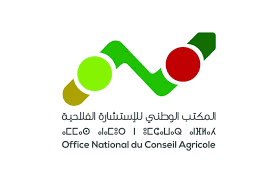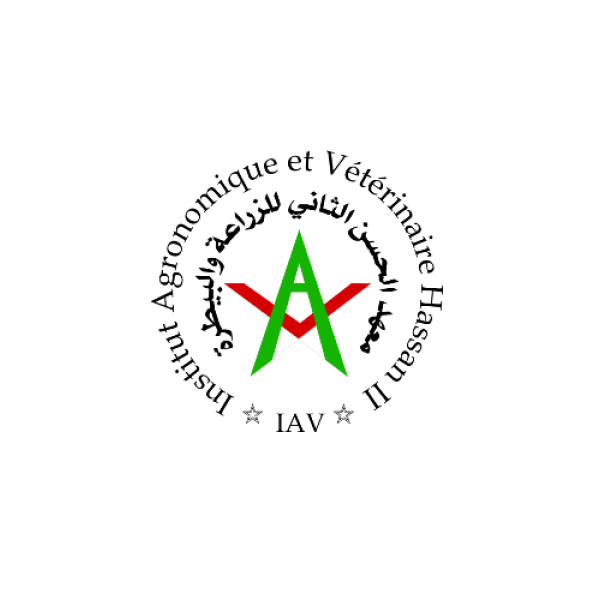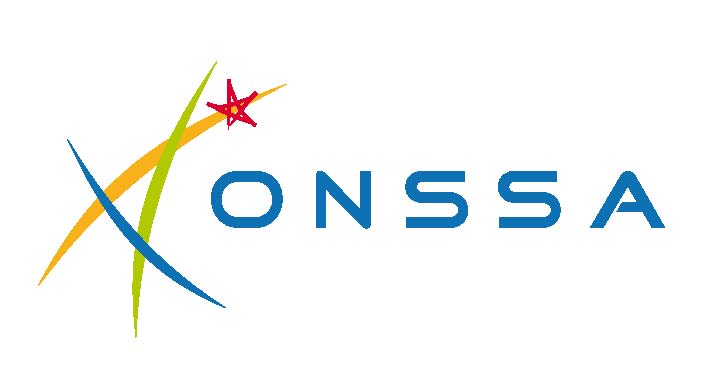FAQ
Is it possible for individuals to participate in public tenders of Public-Private Partnership around agricultural land?
Individuals or legal persons, Moroccans or foreigners, who have the requested legal, technical and financial capacity, can participate in public tenders of Public-Private Partnership around agricultural land. Once the project is awarded to the winner, he must establish a company under to Moroccan private law in which he must own at least 34% of the shares.
Can I, as a former tenant, participate in public tenders of Public-Private Partnership around agricultural land ?
The former tenant who exploit agricultural lands can participate in public tenders of Public-Private Partnership around agricultural land.
They benefit from the priority through a bonus from 10 to 50 points depending on the level of investment.
Previous tenants must provide the following documents:
• Expiring lease with the State or an auction Minutes
• A situation issued by the competent collector certifying that the previous tenant is not liable to the Treasury for the lease that has fallen due
• A sheet on the investments made or the mode of development of the land
Where can I Download the participation tender file?
The tender file is Downloaded for free of charge from the website of the Agency for Agricultural Development "www.ada. gov.ma ".
How is the annual rental fee fixed?
Before launching tenders, the administration sets the annual rental fee for each project. The amount appears in the project's data sheet. This rental fee is increased by 10% every five years from the date of signature of the partnership agreement.
When can I retrieve my Guarantee of Undertaking?
The Guarantee of Undertaking is returned as follows:
• For participants who are excluded at the end of the opening phase, the guarantee will be returned from the day following the date of publication of the results of this phase on the website of the Agricultural Development Agency.
• For participants who are excluded at the end of the phase of evaluation of tenders, the guarantee will be returned from the day following the date of publication of the final results on the website of the Agricultural Development Agency.
• For the winners, the guarantee will be returned from the day following the signing date of the partnership convention.
It should be noted that if the participant disclaims during the validity of the tender or the winner before signing the partnership convention, the guarantee rightfully belongs to the Administration.
What are the eligibility criteria for setting up an agricultural aggregation project in the citrus sector?
The aggregation project in the citrus sector can be mounted around a packaging and / or processing unit and must meet the following levels of these 3 criteria:
• Minimum number of farmers aggregates : 48 aggregates
• Aggregated minimum area : 300 ha
• The minimum productivity to achieve : 20 t/ha
How to get the status of aggregator?
To have the status of aggregator, the investor submit a project file at the Regional Directorate of Agriculture, housing the processing unit around it the project will be mounted, for approval by a technical committee.
Once the project file is approved, the aggregator submit at the same Regional Directorate of Agriculture a final file of the project which will be approved by this Regional Directorate of Agriculture and submitted to the ADA to issue certificates of aggregation.
How to have the status of aggregate farmer?
A farmer can integrate an aggregation project by signing an aggregation contract with the aggregator. This contract must contain the mandatory clauses defined by Law 04-12, in particular:
• The nature of the assistance and technical support of the aggregator for the benefit of his aggregates;
• The product price or the methods of fixing the price of the agreed production according to the quality;
• The terms and deadlines for payment of the production delivered by the aggregate;
• the use of conventional mediation;
• The duration of the contract which can’t be less than 5 years.
What is the support of the State to the aggregates within the framework of the agricultural aggregation?
The aggregates, benefits from a subsidy with high rates for the acquisition of farm equipment (for the tractor 40% with a ceiling of 96 000 Dh instead of 30% with a ceiling of 72 000 Dh in the common subsidies) and for drip irrigation equipment (100% instead of 80% in the common subsidies) or complementary equipment (70% instead of 50% in the common subsidies).
How to benefit from the subsidy in the framework of aggregation?
To benefit from this subsidy, aggregates must submit copies of valid certificates of aggregation, either to their prior approval / agreement or to their grant application files.
After delivery of the production to the aggregator, and in order to benefit from the additional amount of subsidies, the aggregates must deposit a discharge given by the aggregator attesting the delivery of the production to the aggregator.






























